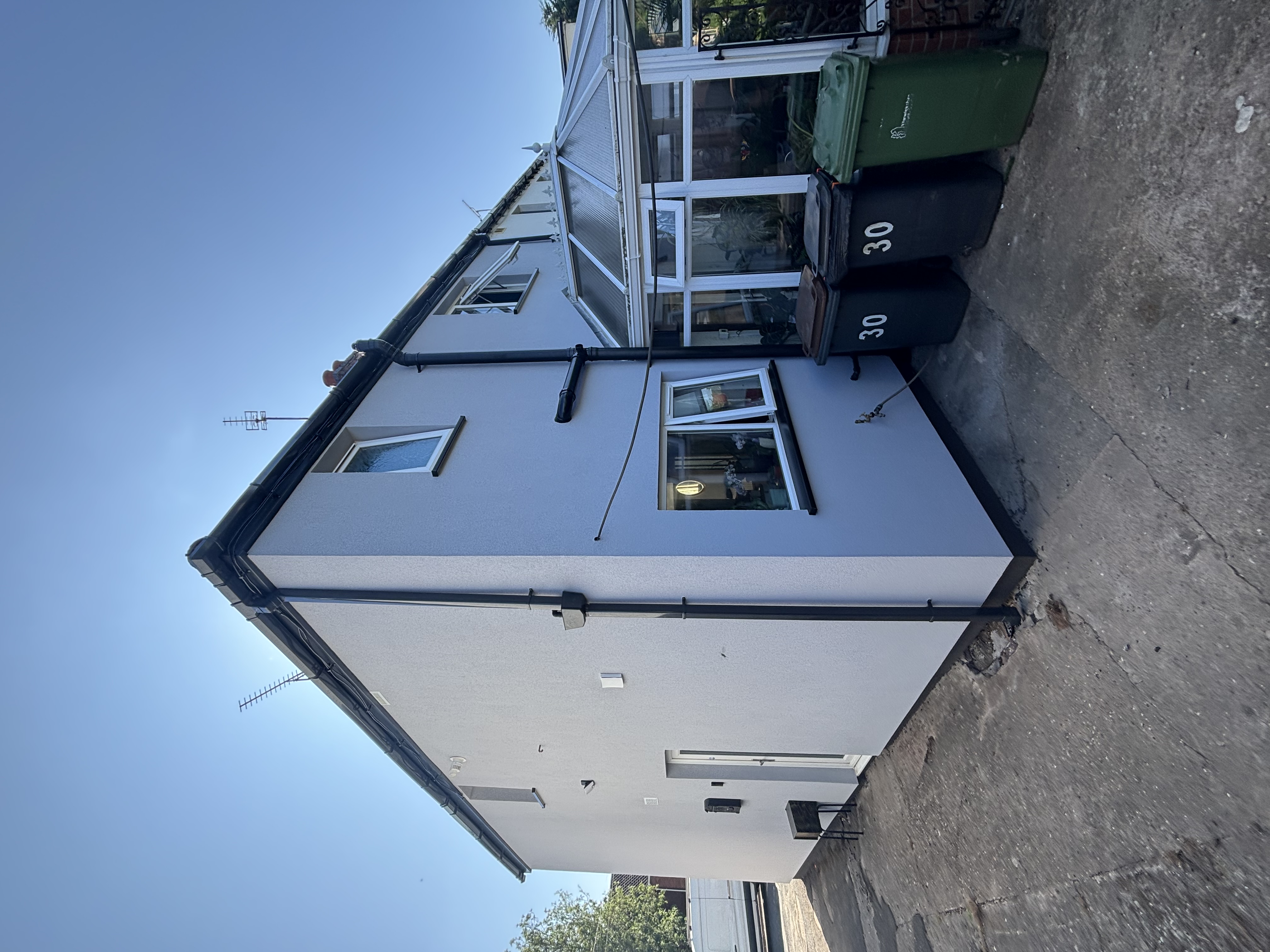
Moisture damage in solid wall insulation and render is a widespread problem that can have disastrous effects on your home.
This article will reveal how vapor barriers can be strategically used to combat these issues, enhancing the lifespan of your structure. Let's dive into the world of moisture control and explore how you could save up on those costly repair bills.
Vapor barriers play a big role in solid wall insulation and render. They stop damp issues from happening. This is done by blocking moisture from going into building structures. So, the insulating properties of walls are kept safe.
Without vapor barriers, water could get inside wall spaces easily. This can harm plasterwork, making it weak over time. Also, moisture trapped in insulation materials reduces their ability to keep heat inside your home or building.
Too much moisture also leads to mould growth which isn't good for health or looks!
Vapor barriers play a crucial role in preventing moisture damage in solid wall insulation and render. By creating a protective layer, they help to stop water from penetrating the surface and causing harm.
When warm and humid air comes into contact with a cool surface, it can lead to condensation. However, vapor barriers act as an insulating barrier that prevents this from happening.
Moisture control is essential for protecting buildings from damp issues. Vapor barriers act as a moisture barrier or vapor retarder, ensuring that water does not seep into the building structure.
They contribute to the overall waterproofing of the building envelope by preventing interstitial condensation. Moreover, they improve airtightness, which further enhances moisture control and insulation properties.
In summary, using vapor barriers in solid wall insulation and render helps to prevent moisture damage by controlling condensation and stopping water penetration. They serve as an effective tool for protecting the building envelope and improving overall energy efficiency while preventing potential dampness problems commonly associated with inappropriate wall construction techniques or insufficient waterproofing strategies.
In conclusion, vapor barriers are essential for preventing moisture damage in solid wall insulation and render. By creating a barrier against water penetration, vapor barriers protect the plasterwork and maintain the insulating properties of the walls.
They also prevent surface condensation by blocking warm, humid air from reaching the cool surfaces. With proper installation of vapor barriers, buildings can enjoy improved damp protection and avoid issues caused by moisture buildup.
Vapor barriers, also known as vapour control layer (VCL), help in damp protection by blocking moist air from entering solid wall insulation and render.
By adding an insulation barrier, the airflow slows down and helps make buildings airtight for condensation prevention.
Yes! Vapor Barriers can help with interstitial condensation prevention which stops surface condensation from causing harm to the building envelope protection layers.
Apart from dampness prevention, this waterproofing technique improves thermal insulation too - part of good building science practices.

